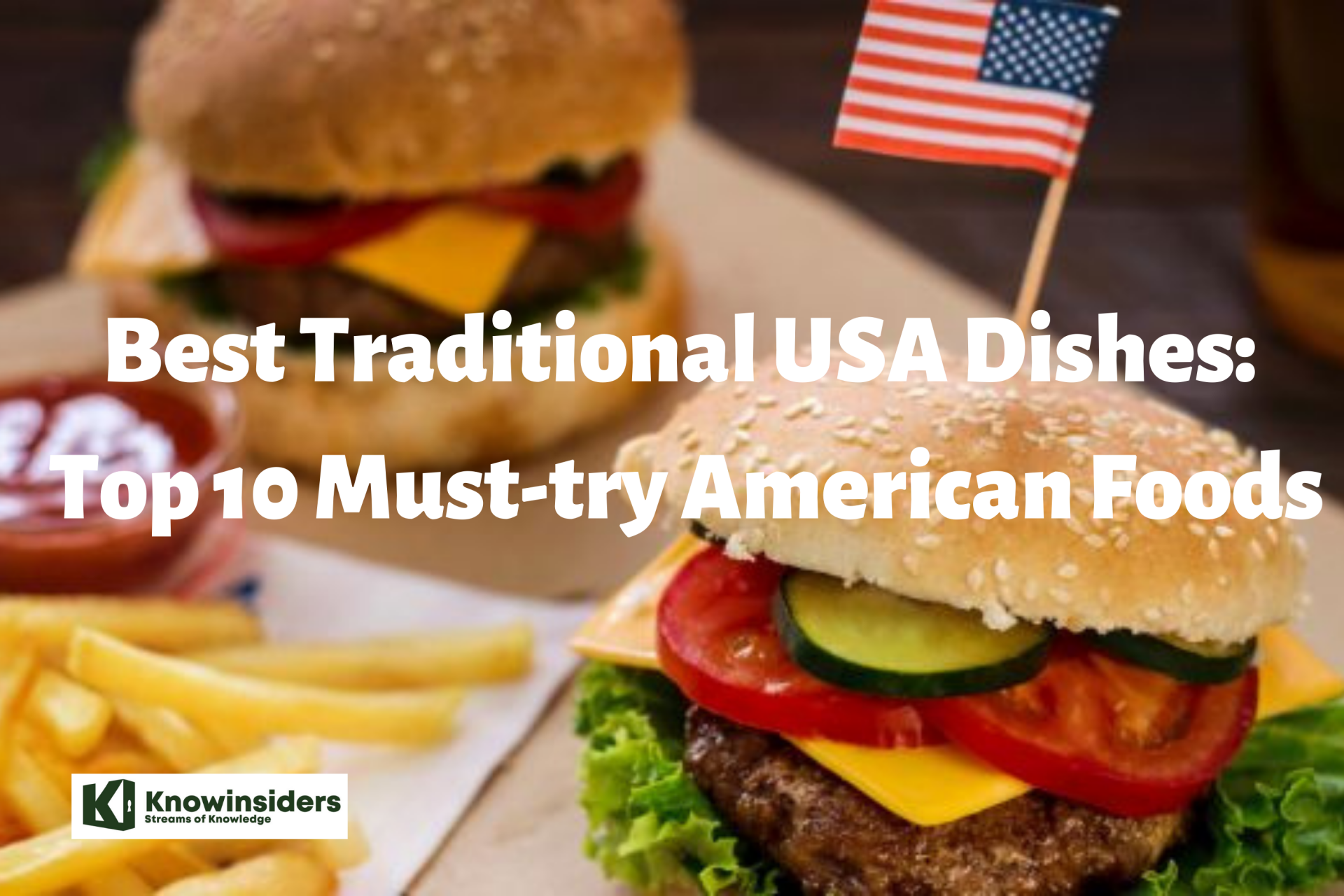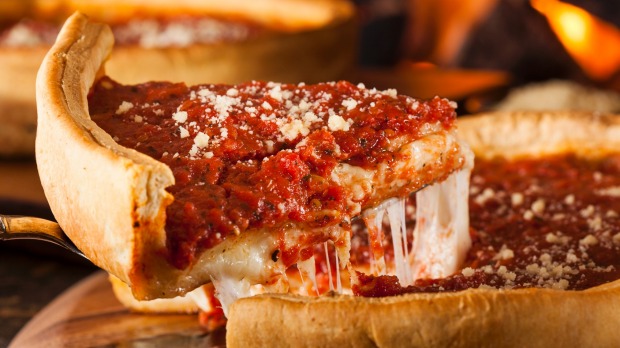Top 12 Popular American Foods That Are Banned In Other Countries
| Table of Contents |
The FDA uses the Generally Recognized As Safe (GRAS) approach. This implies they believe food additives are harmless until shown otherwise – through new studies or human reactions. This strategy is based on expert judgments rather than proactive testing of novel chemicals. Alternatively, the European Union will evaluate new food additives to ensure their safety before they reach grocery store shelves.
This distinction could be a major reason why some food products are available in the United States but not elsewhere. But which foods are genuinely prohibited in other parts of the world?
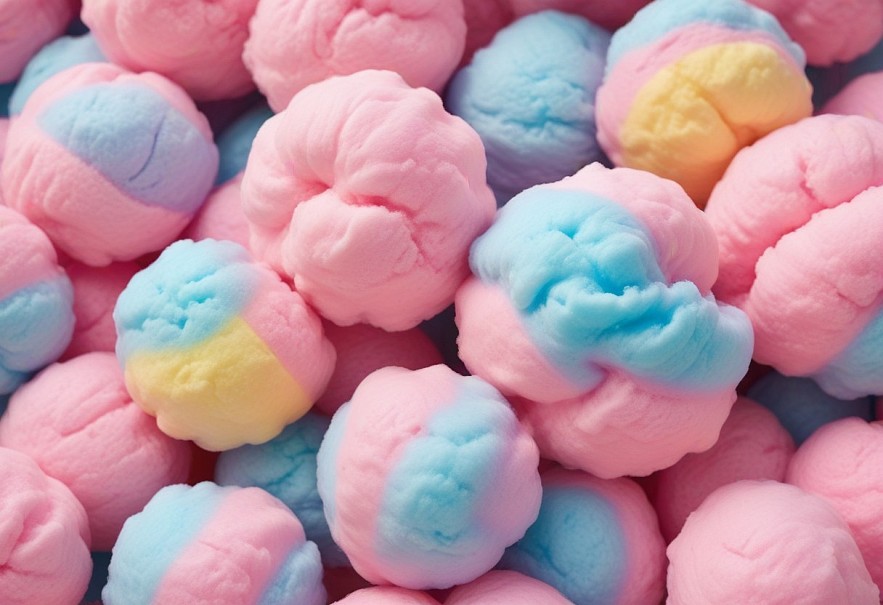 |
| Top 12 American Products That Are Banned In Other Countries |
Top 12 American Products That Are Banned In Other Countries
1. Artificial Blueberry
Artificial blueberries are convenient and visually appealing, but they are unhealthy. The blue dye used to color it comes from petroleum, which is also used to manufacture gasoline, diesel fuel, asphalt, and tar.
It has also been associated with nerve cell degeneration, brain tumors, and hyperactivity. It is also outlawed in Norway, Finland, Austria, France, and the United Kingdom. Fortunately, you will be able to find real blueberries in these countries, so the food may taste better.
READ MORE: The World's Top 15 Countries With The Greatest Cuisine
2. Frozen dinner
Azodicarbonamide can be found in a wide range of products, including frozen dinners, breads, boxed pasta mixtures, and packaged baked goods. It is used to bleach flour and foamed plastics such as yoga mats and sneakers' soles.
It doesn't sound very safe, and experiments have shown that it can trigger asthma. Anything containing azodicarbonamide is prohibited in Australia, the United Kingdom, and most European countries.
3. Sugar cane
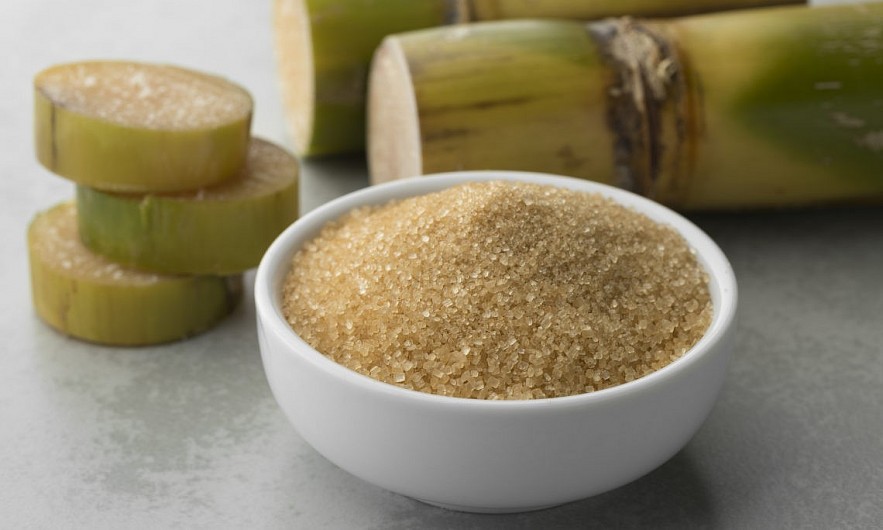 |
Atrazine is banned in the EU, however crops in the United States can still be treated with it. It is a herbicide with a wide range of applications, however it has been linked to birth abnormalities, reproductive cancers, skin hypersensitivity, and muscle degeneration.
Another negative aspect of atrazine is that it easily leaks into the water system and interferes with wildlife. Atrazine is most typically found in sugarcane, where it is utilized approximately 90% of the time.
4. Froot Loops
Froot Loops and Fruity Pebbles both have a high concentration of artificial colors. Many of the foods we eat contain artificial coloring. Froot Loops' dye, in particular, has the potential to impede nerve cell development.
That's why Norway, Finland, Austria, France, and the United Kingdom have all prohibited it. If you want to satisfy your Froot Loop appetite, you may need to search elsewhere. In addition, Fruity Pebbles are prohibited, so that's out as well.
5. Instant stuffing with mashed potatoes
Making stuffing using Kraft Stove Top Stuffing takes just five minutes. However, the popular blend contains the preservatives BHA (butylated hydroxyanisole) and BHT (butylated hydroxytoluene), which have aroused concerns about their potential carcinogenic qualities and ability to inhibit blood coagulation. The same goes for instant mashed potatoes, which frequently contain BHA to keep them from rotting on the shelf. As a result, these preservatives have been prohibited in the United Kingdom, Japan, and several other European countries.
READ MORE: The World's Top 15 Countries With The Greatest Cuisine
6. High Fructose Corn Syrup
This sweetening ingredient, made from a combination of pure fructose and sugar, has been linked to a variety of health issues, including obesity and type 2 diabetes. It can be found in a wide range of items, including beverages, cereals, and ice cream. While no country has outright banned this sweetener, the UK and numerous European countries have imposed product restrictions and quotas.
7. Mountain Dew
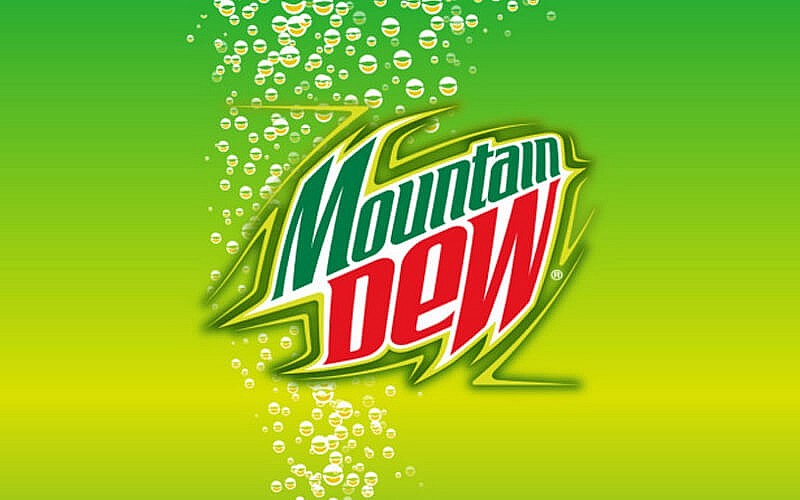 |
This vivid green soft drink resembles nuclear waste, so it's no surprise that it's extremely unhealthy. It is forbidden in Japan and the European Union because it contains brominated vegetable oil. The Dew is not the only illicit soda. Fresca and Sunkist are likewise banned in most of Europe, including Norway and Austria.
8. Gatorade
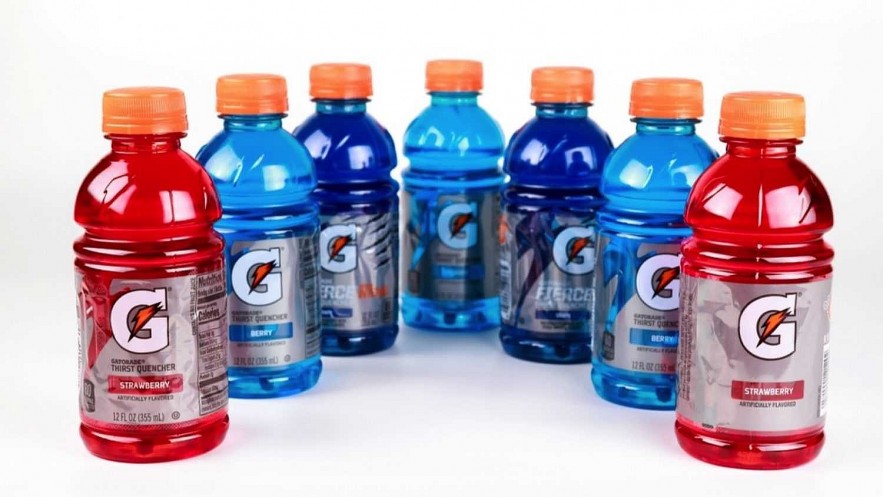 |
Gatorade comes in surreal colors, so it's not surprising that such flavors contain hazardous chemicals like Yellow 5 and Yellow 6. While the European Union allows their sale, they must be accompanied by particular warnings, and they are not permitted in Austria or Norway.
READ MORE: Top 10 Most Famous Fast Foods In The U.S You Should Try
9. Stovetop Stuffing
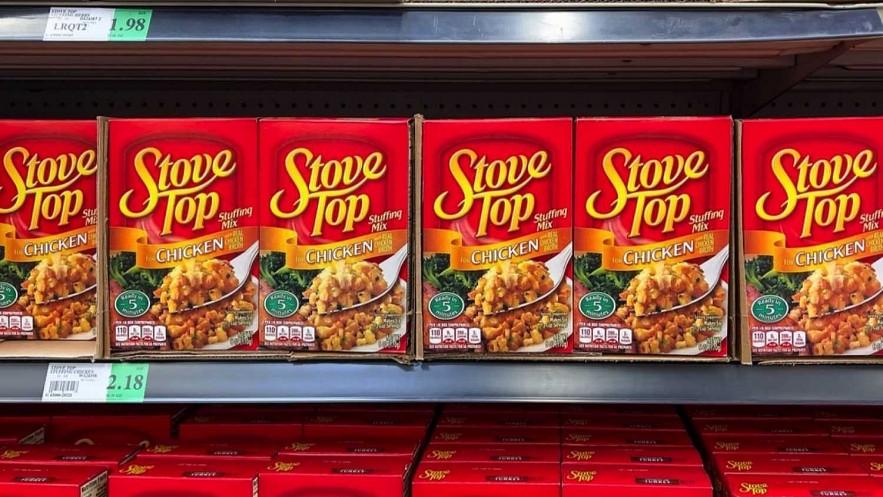 |
Kraft Stove Top Stuffing has been outlawed in the United Kingdom, Japan, and a few other European nations. This Thanksgiving trick contains the preservatives BHA and BHT, which can cause cancer and blood clots. Most foreigners aren't angry that they don't celebrate Thanksgiving or consume stuffing on a regular basis.
READ MORE: Top 10 Most Famous Fast Foods In The U.S You Should Try
10. American pork
Pork slices are often substantially larger in the United States than elsewhere in the world. This is because American pork contains growth hormones. Ractopamine, a noteworthy growth hormone commonly used in pig farming, has been prohibited in a number of nations.
Though research into the possible effects of ractopamine ingestion on human health is limited, certain studies have discovered a link between this growth hormone and an increase in heart rate. Interestingly, the United States is one of the few remaining countries that allows the use of this hormone in agricultural procedures.
11. Coffee-Mate
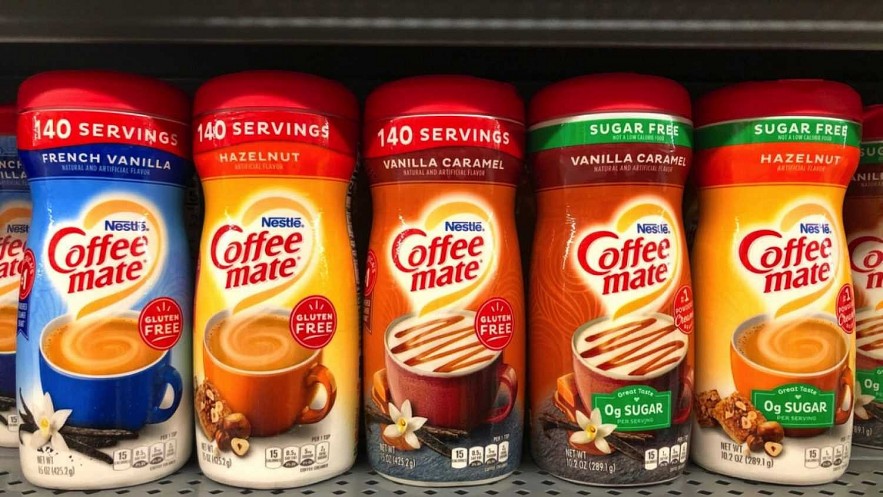 |
Coffee-Mate is meant to be a terrific addition to coffee, but is it? This item is prohibited in numerous countries, including Switzerland, Hungary, Austria, Denmark, Norway, and Iceland. The explanation is straightforward: hydrogenated soybean and cottonseed oils.
These substances have been associated to cardiovascular disease. While the United States prohibited these substances in 2018, officials did little to address the existing product, which means there is still a lot of it floating around.
12. Skittles
 |
Eating Skittles can be nostalgic, but it also contains a number of ingredients that are forbidden in many other nations. Skittles contain both Yellow 5 and Yellow 6, artificial food colors that have aroused concerns due to their potential side effects.
Some research has established a link between Yellow 5 and increased hyperactivity in youngsters, while rat tests on Yellow 6 have revealed potential ties to testicular and adrenal gland malignancies. That is why a few European countries have fully banned the use of Yellow 5 and Yellow 6.
Conclusion
In conclusion, certain foods are prohibited in different countries, not just the United States. America has infamously low food standards, which we regularly read about in the news.
Anyone who keeps up with this stuff may recall the Subway scare, in which their bread was said to contain a substance used to produce yoga mats. Surprisingly, the chemical is banned in the European Union for producing a variety of problems for people.
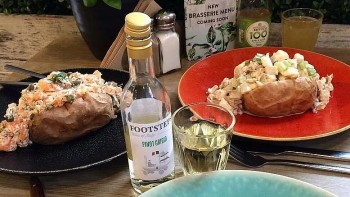 Top 10 Most Famous Fast Food Chains In Europe Top 10 Most Famous Fast Food Chains In Europe Looking for tasty fast food in Europe? Try out these brands and give us your comment! |
 Top 10 Colleges With Best Food In The U.S, According to Niche Top 10 Colleges With Best Food In The U.S, According to Niche Do you believe students select colleges based on food quality? Many campuses offer high-quality food that attract a huge number of students every year. Check ... |
 Top 15 Largest Grocery Chains in the US Today Top 15 Largest Grocery Chains in the US Today Grocery chains feed millions and generate significant revenue in the vast and ever-expanding American retail landscape. Here, we examine the top 15 US grocery chains' ... |



